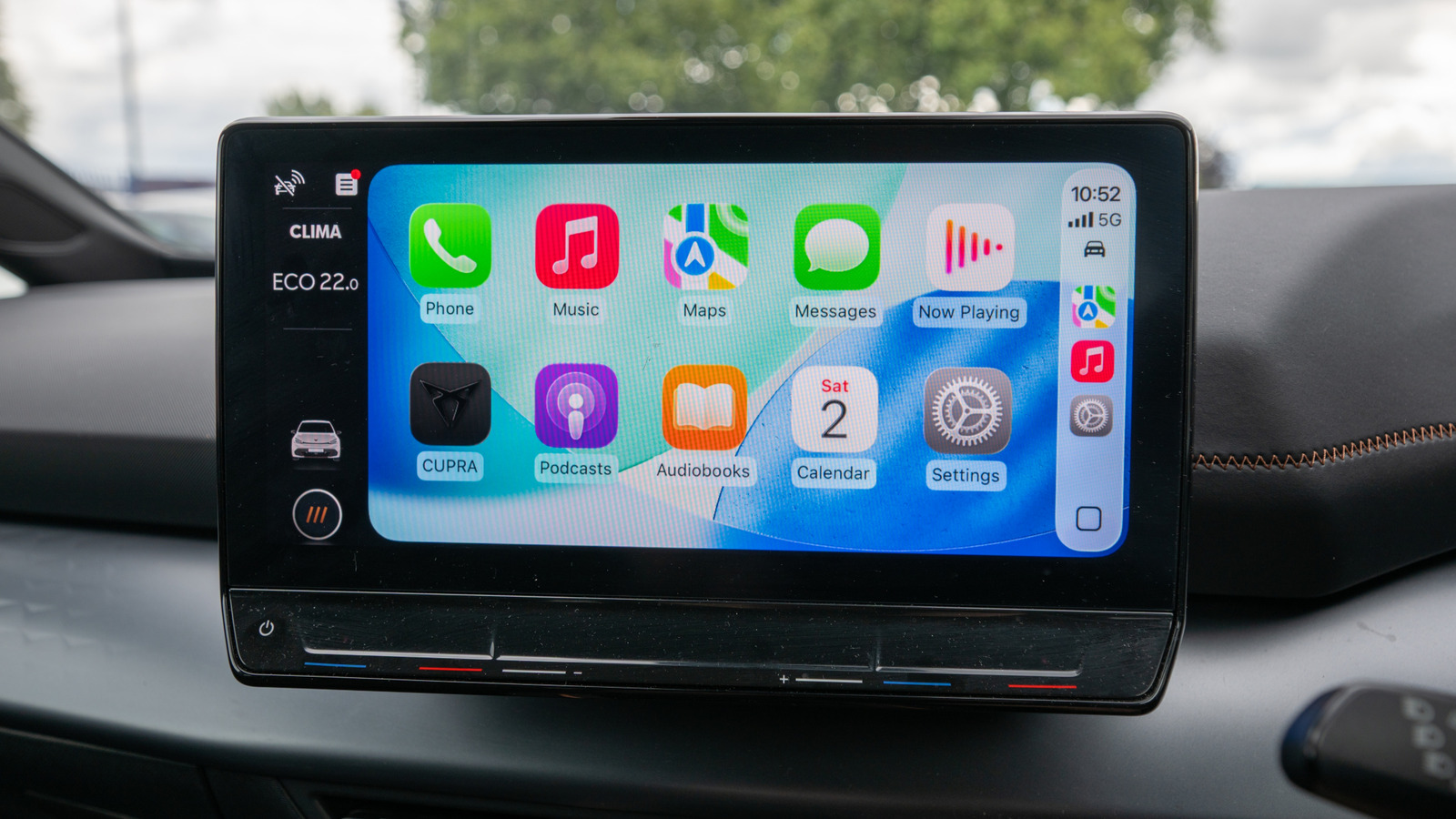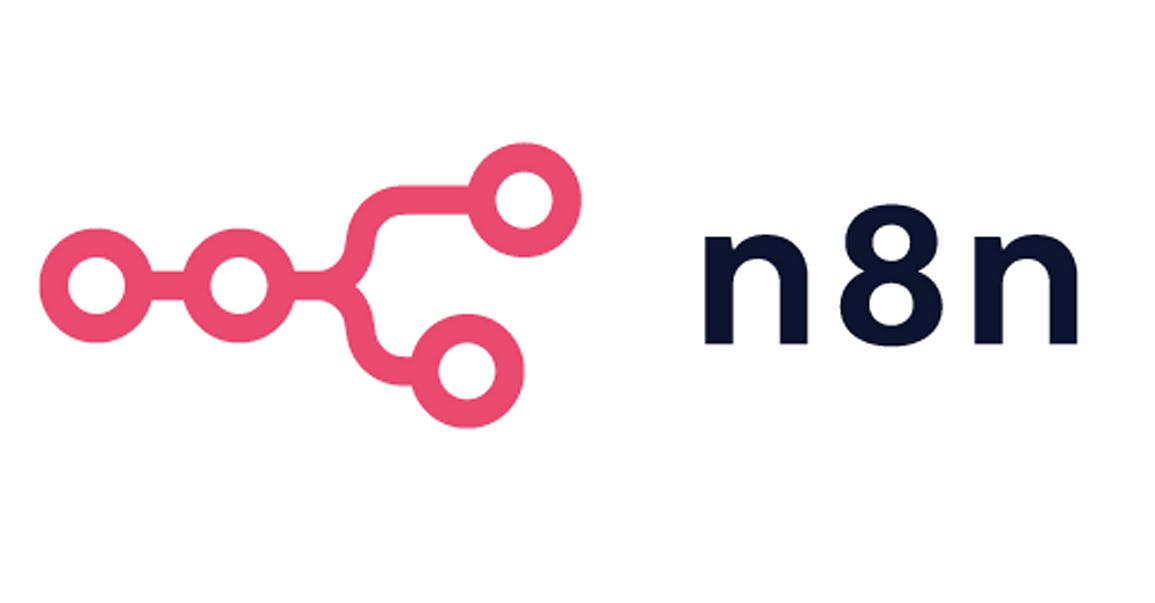Table of Links
Abstract and I. Introduction
II. Threat Model & Background
III. Webcam Peeking through Glasses
IV. Reflection Recognizability & Factors
V. Cyberspace Textual Target Susceptibility
VI. Website Recognition
VII. Discussion
VIII. Related Work
IX. Conclusion, Acknowledgment, and References
APPENDIX A: Equipment Information
APPENDIX B: Viewing Angle Model
APPENDIX C: Video Conferencing Platform Behaviors
APPENDIX D: Distortion Analysis
APPENDIX E: Web Textual Targets
IV. REFLECTION RECOGNIZABILITY & FACTORS
In this section, we evaluate the recognizability limits of reflected texts enhanced by the MFSR method given a specific set of webcams, glasses, and advantageous environmental conditions. We then investigate the impact of the most significant factors. The evaluations in this section are performed in a controlled lab environment and serve as the foundation for the analysis in Section V.
A. Experimental Setup
Equipment. We collected all data with the aforementioned Acer laptop as the victim device, and another Samsung laptop [18] as the adversary’s device. The two laptops were in a lab environment with WiFi network connection. The victim laptop was measured to have an internet download speed of 246 Mbps and upload speed of 137 Mbps while those for the adversary laptop were 144 Mbps and 133 Mbps respectively. We used two pairs of glasses, i.e., the pair of BLB glasses and prescription glasses.
Data Collection. We asked a person to wear the glasses and sit in front of the victim’s laptop. The glass-screen distance was chosen to be 40 cm which was also found to be close to the average distance in the user study (see Figure 9 (b)). The screen brightness was 100%. To estimate the limits of recognition, we used an environmental light intensity of 100 lux to generate the best reflections. We then displayed single capital letters (26 letters) on the victim screen with different heights ranging from 20 mm to 7 mm. The victim and adversary laptops had a Zoom [21] session with a video resolution of 1280×720. For each display of the letters, we recorded a 3s video of the victim’s images on the adversary’s laptop. We then used 8 consecutive frames starting from 1s for
MFSR reconstruction and generated one corresponding image for each video. We generated 208 images in total for the 2 glasses each with 4 different sizes.
Recognizability Evaluation. In order to evaluate the recognizability of the reconstructed single-letter images and avoid potential bias introduced by the authors’ prior knowledge of the reflections, we acquired recognition accuracy by (1) using multiple SOTA pre-trained deep-learning OCR models including Google Tesseract and Keras CRNN, and (2) conducting a survey (Section VII-D) on Amazon Mechanical Turk (AMT) [9]. For the AMT study, we collected answers from 25 crowdsourcing workers for each reconstructed image and thus collected 5200 answers in total. We showed to the workers all reconstructed images in a randomized manner without providing them with any information on the original letters on the screen. We asked the workers to provide 3 best guesses of the single letter in each reconstructed image. They were allowed to input the same answer for multiple guesses if they feel confident in a guess, or if they have no clue about making subsequent guesses. The recognizability of the texts in the reconstructed images is then represented by the recognition accuracy, i.e., correctly recognized number of letters over the total number of letters in each case.
B. Recognizability vs. Size & Letter
Figure 5 shows the recognition accuracy with the BLB and prescription glasses respectively with different letter sizes. The AMT accuracy for each letter size is calculated by including all 25 answers for all 26 letters, i.e., with a denominator of 25× 26 = 650. We picked 4 representative letter sizes for each pair of glasses respectively, and show the top 1, 2, and 3 recognition accuracy. we also use error bars to show the standard deviations. The SOTA OCR models performed considerably worse than AMT workers. We believe the main reason is that data distribution in the models’ training sets is very different from the actual data in webcam peeking. After testing different image data on the models, we found the two main causes for their bad performance are (1) significantly lower contrast, (2) occlusions caused by insufficient photons. Surprisingly, we also found the models sensitive to how we crop the images, which suggests the convolutional layer features and potential data augmentation schemes employed by these models are not dealing well with our data’s distribution. We think future researchers can potentially utilize these pretrained models and collect their own webcam peeking dataset to fine-tune the model weights to better adapt machine learning recognition models to this scenario.
The prescription glasses generally yield better results for the webcam peeking attack, showing that 10 mm texts can be recognized in the reconstructed images with over 75% accuracy. Although not as good as the prescription glasses, the recognition accuracy with the BLB glasses is also high enough to support efficient peeking attacks against texts of 10-20 mm. Despite the better reflective characteristics of the BLB glasses, the prescription glasses still generate better results due to their smaller curvature, highlighting the risks of the peeking attack even without highly reflective glasses.
Intuitively, different letters in the alphabet would be recognized with different levels of hardships due to their structural characteristics (see Figure 6). For instance, the letters “R” and “B” have been found the hardest to recognize in both cases of the two pairs of glasses. On the other hand, letters such as “C”, “U”, “I”, and “O” have generally the highest recognizability in all the sizes, which we suspect is due to their simple or highly symmetric structures that prevent the recognizability of such letters from dropping too seriously when the texts are down-sampled and occluded. Furthermore, we found letters having similar structures are confused with each other more easily in the recognition. For instance, “J” and “L” are mostly recognized as “I” when the letter size gets small because the distortions to the bottom part of “J” and “L” makes them just like “I” in the reflection images.
C. Network Influence
Video conferencing platforms like Zoom cause different levels of distortions in the images through video encoding and decoding under various network bandwidths. To analyze the impact, we compared the quality of the reconstructed images under different network bandwidths to that when the video is recorded by the victim’s local device without going through Zoom. A visual demonstration of the effect is shown in Figure 17 which is quantified with CWSSIM scores and shown in Figure 7 (a). We found that when the upload bandwidth is larger than 10 Mbps, the quality of the reconstructed images generally remains the same, and is close to the locally-captured and reconstructed images with a minor degree of added distortions. An upload bandwidth smaller than 10 Mbps starts to undermine the reconstructed image quality over Zoom. When the bandwidth is smaller than 1000 kpbs, the letters get hard to recognize. It’s almost unrecognizable with a bandwidth smaller than 500 kbps. When the bandwidth was larger than 1500 kbps, Zoom was generally able to maintain a 720p video resolution with a frame rate close to 30 fps (Appendix C).
D. Physical Factors
The recognizability of the reflections is a highly complex multi-variate function over many physical factors. We categorize the factors into 2 groups, namely those mainly affecting the reflection pixel size (Section III-B) and those affecting the light SNR. Comprehensive quantitative modeling of light SNR is very challenging due to the need for accurate imaging sensor models. Nevertheless, we provide qualitative analysis and quantify representative cases by calculating changes in CWSSIM scores (Figure 7).
In light SNR, the signal portion comes from the light emanating from the screen, reflected by the glasses, and then captured by the imaging sensors corresponding to the area of the screen. Other light captured by sensors in this area can be treated as noise. Counter-intuitively, more reflected light does not always lead to higher reflection recognizability as we will discuss next. Figure 7 (b-e) show the factors that can change light SNR most significantly. (c-e) also inspect how auto exposure and manual (fixed) exposure can affect the light SNRrecognizability relationships in surprisingly different ways by using the laptop built-in webcam and the configurable Nikon Z7 respectively.
Text Color Contrast. Different colors of texts can affect the reflection recognizability because the texts and screen background colors produce a certain contrast. We found that chroma has smaller effects than luma and show how luma affects reflection quality in Figure 7 (b) (visualization in Figure 17 (b)) by using the absolute difference in RGB values of grayscale text and background colors to represent the contrast. As expected, lower contrast (smaller RGB difference) undermines the reflection recognizability.
Face Background Reflectance. Face background reflectance is decided by sub-factors such as skin color. We tested different background reflectance by pasting the inner side of the glasses with papers of different gray-scale colors that have the same values for RGB. When the background has a higher reflectance (larger RGB values), more light from the environment as well as the screen will be reflected by it, increasing the noise portion of the light SNR and thus undermining the recognizability of the reflections as shown in Figure 7 (c) (visualization in Figure 17 (c)).
Environment Light Intensity. A decrease in the environmental light intensity causes a smaller degree of noise and thus increases the light SNR. This increase, however, does not necessarily lead to better recognizability in the case of webcams which often have auto-exposure control to adjust the overall brightness of the videos they take. When the overall environment is too dark, the webcam’s firmware automatically increases the exposure time trying to compensate for the dark environment. This increase in the exposure time can cause an over-exposure for the reflected contents on the glasses which could have much higher light intensity than the environment, leading to smaller contrast and thus harder-to-read images. Such over-exposure is found in multiple participants’ videos in the user study (Section V-B). On the other hand, the recognizability monotonically increases in the case of manual-exposure cameras such as the Nikon Z7 in manual mode. Figure 7 (d) (visualization in Figure 17 (d)) shows the different behaviors of auto and manual exposure.
Screen Brightness. Screen brightness is the opposite of environmental light intensity in terms of its impact on the reflection recognizability. When the screen is brighter, the signal portion in the light SNR increases and can lead to more readable reflections for manual-exposure cameras. However, auto-exposure of most webcams can again negatively affect recognizability. Specifically, if the screen gets too bright compared to the environmental lighting condition, the webcams will often adjust their exposure time and ISO based on the dominant environmental light condition, and thus cause overexposure to the screen reflections. Figure 7 (e) (visualization in Figure 17 (e)) shows the effects.
Summary. The results show that variations in physical conditions can change the actual limits of the attack dramatically. The fact that reflection recognizability does not change monotonically with some factors like environmental light intensity and screen brightness further challenges the attack by making it more difficult to predict the possible outcomes in uncontrolled settings.
E. Eyeglass Lens
The difference in recognition accuracies between the pair of BLB and prescription glasses (Figure 5) suggests parameters of different eyeglass lenses will influence the performance of webcam peeking. To examine the impact, we analyzed 16 pairs of eyeglasses by inspecting the correlation between their
reflection quality quantified by CWSSIM scores and several lens factors. The CWSSIM scores are acquired with the 16 glasses when all other factors are kept the same.
The results suggest lens focal length, which determines the pixel size of reflections (Equation 3), has the strongest influence on the reflections with a correlation score of 0.56. The minimum, mean, and maximum focal length of the 16 pairs of glasses are 10, 268, and 110 cm respectively. With a correlation score of 0.42, the second strongest factor is found to be prescription strength (lens power) as lens power usually has a positive correlation with focal length following design conventions (see Appendix A for explanation). Lens reflectance and surface coating conditions that mainly affect reflection light SNR produce correlation scores of 0.32 and 0.31 respectively. We empirically defined and added the factor of lens coating condition that gauges how much the lens coatings have worn off with higher values representing more intact coating. The motivation is our observation that damage in lens coating reduces the recognizability of reflections (see Figure 11). We also estimated lens reflection spectrum by calculating the ratio between RGB values of the reflections in the image but only found correlation scores lower than 0.15. This suggests the glass type (e.g., BLB or non-BLB) does not have a strong influence on reflection quality. Finally, we expect the parameters analyzed above have certain relationships with lens and coating materials, which require specialized optical equipment to measure and determine.
Authors:
(1) Yan Long, Electrical Engineering and Computer Science, University of Michigan, Ann Arbor, USA ([email protected]);
(2) Chen Yan, College of Electrical Engineering, Zhejiang University, Hangzhou, China ([email protected]);
(3) Shilin Xiao, College of Electrical Engineering, Zhejiang University, Hangzhou, China ([email protected]);
(4) Shivan Prasad, Electrical Engineering and Computer Science, University of Michigan, Ann Arbor, USA ([email protected]);
(5) Wenyuan Xu, College of Electrical Engineering, Zhejiang University, Hangzhou, China ([email protected]);
(6) Kevin Fu, Electrical Engineering and Computer Science, University of Michigan, Ann Arbor, USA ([email protected]).
This paper is















